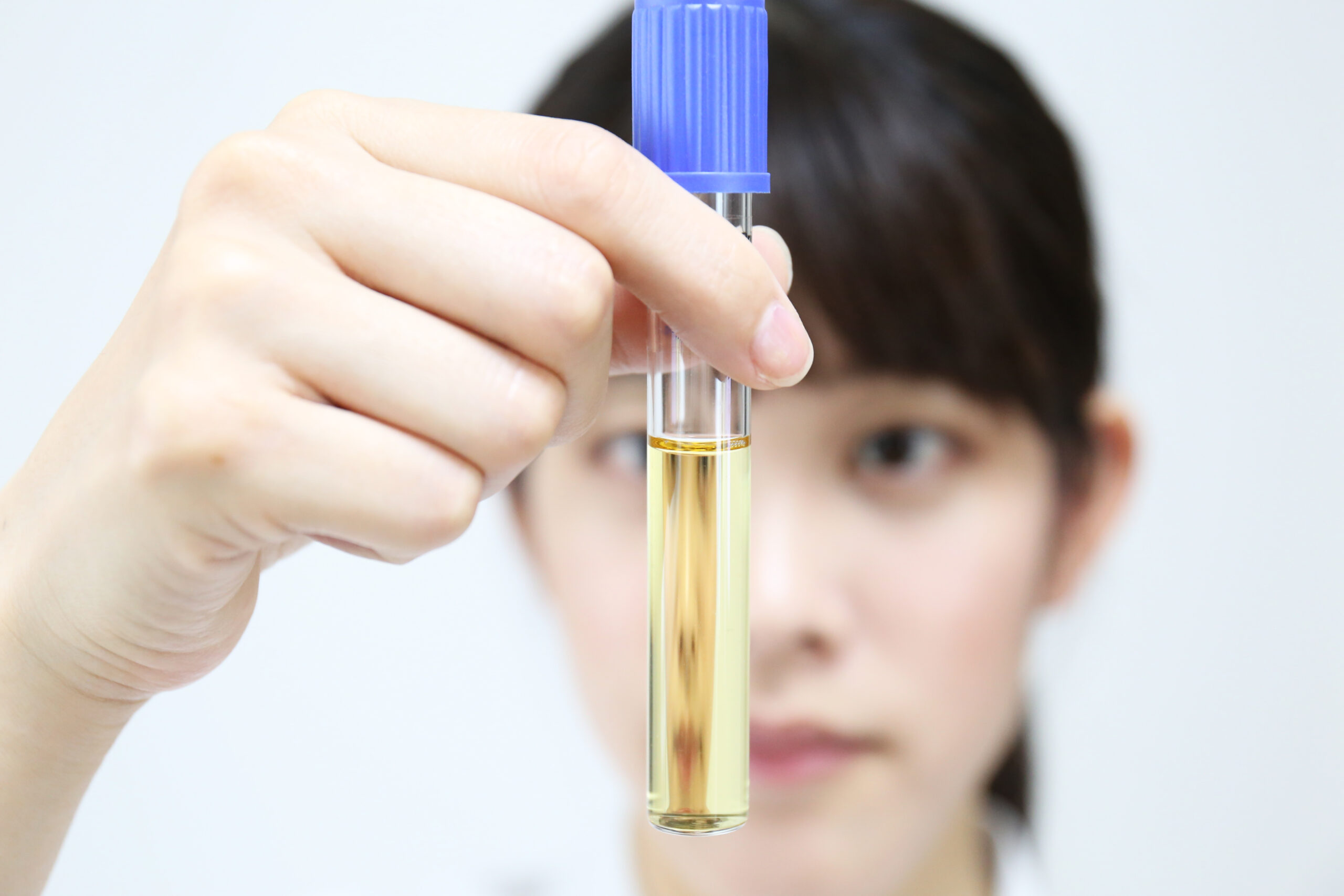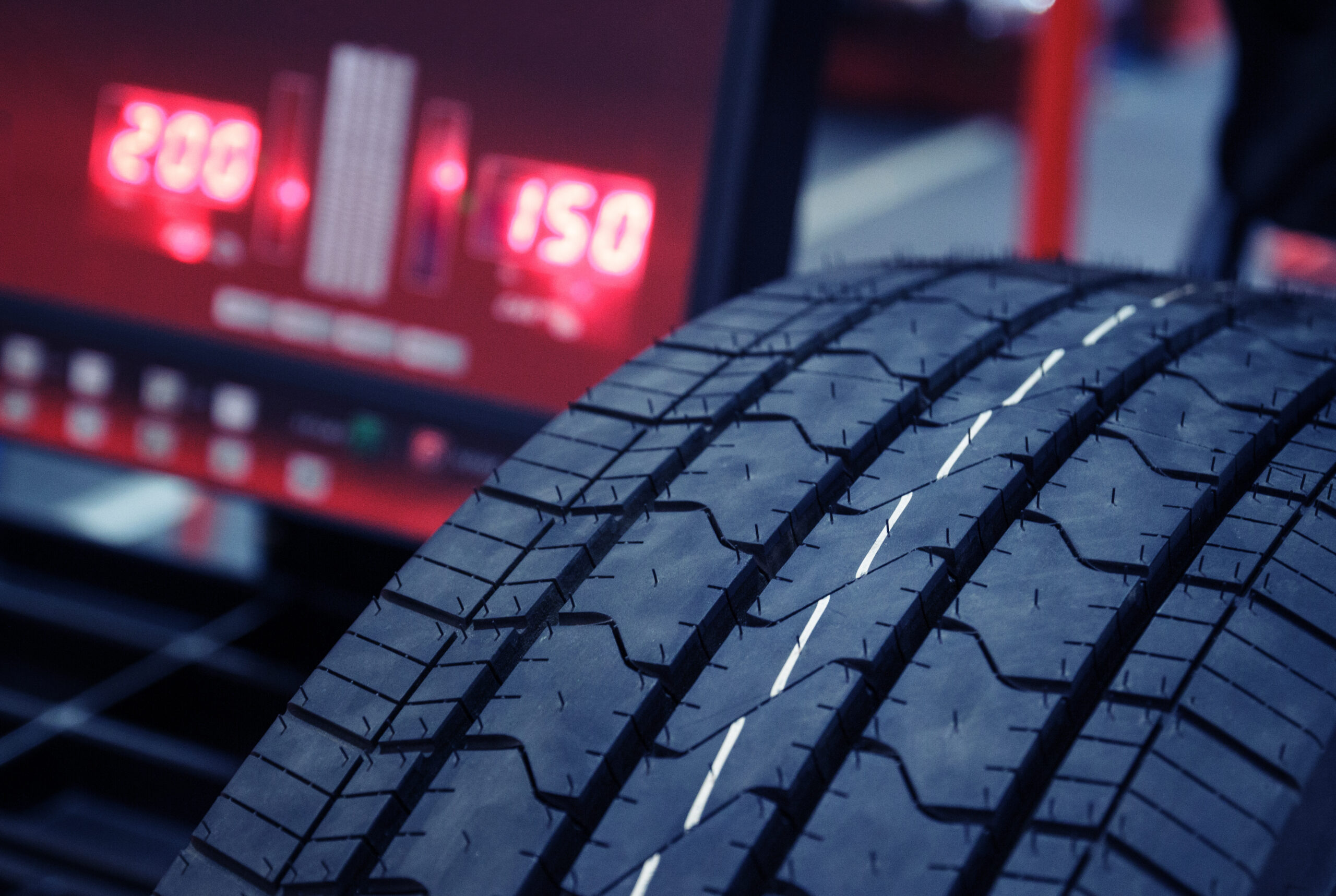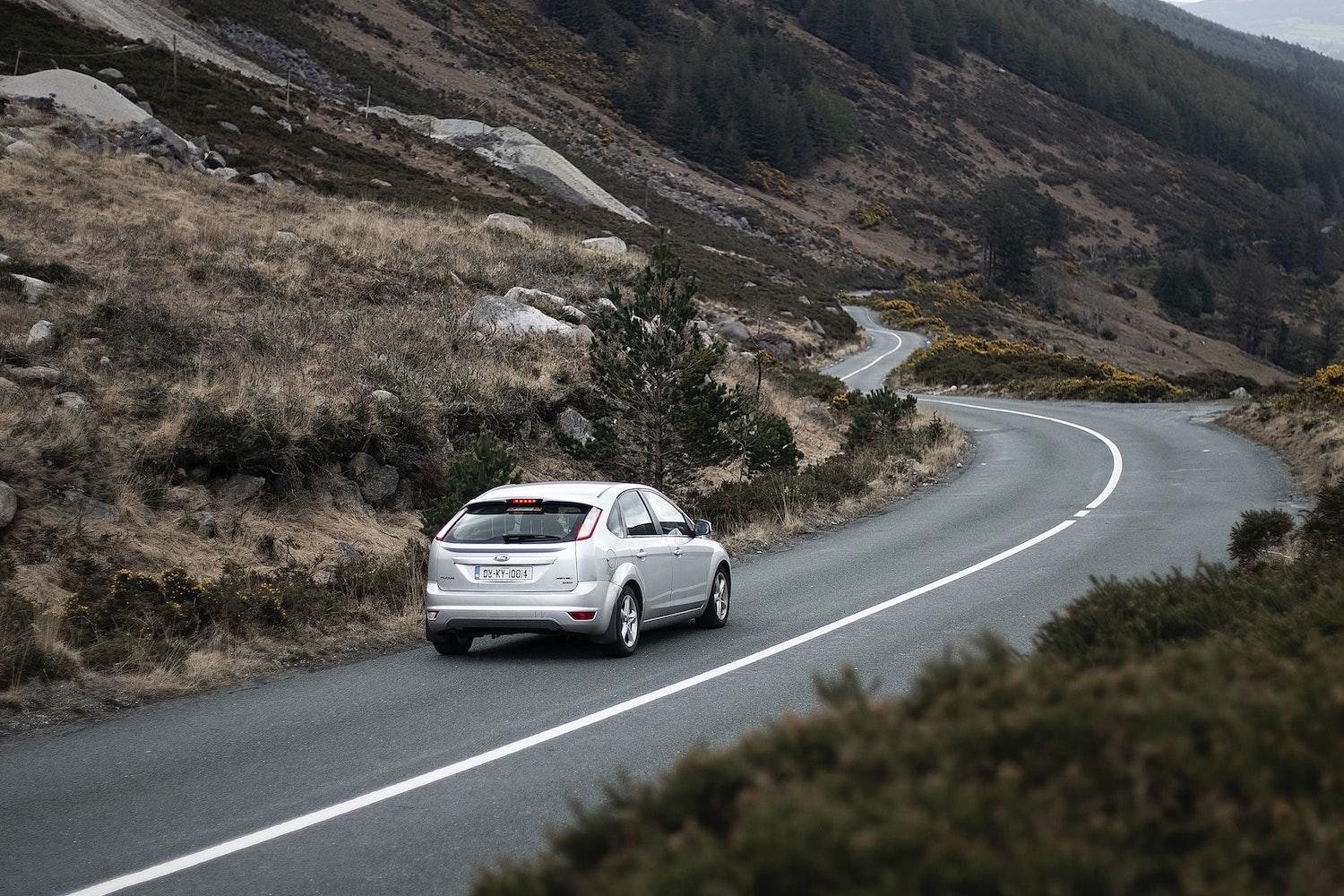
Tire and road wear particles (TRWP) are a component of ambient particulate matter (PM) produced from the interaction of tires with the roadway. Inhalation of PM has been associated with cardiopulmonary morbidities and mortalities thought to stem from pulmonary inflammation.
To determine whether TRWP may contribute to these events, the effects of subacute inhalation of TRWP were evaluated in rats. Particle size distribution of the aerosolized TRWP was found to be within the respirable range for rats. Toxicity was assessed following OECD guidelines.
No TRWP-related effects were observed on survival, clinical observations, body or organ weights, gross pathology, food consumption, immune system endpoints, serum chemistry, or biochemical markers of inflammation or cytotoxicity.
Rare to few focal areas of subacute inflammatory cell infiltration associated with TWRP exposure were observed in the lungs of one mid and four high exposure animals, but not the low-exposure animals. These alterations were minimal, widely scattered and considered insufficient in extent or severity to have an impact on pulmonary function.
Furthermore, it is expected that these focal lesions would remain limited and may undergo resolution without long-term or progressive pulmonary alterations.
Therefore, from this study the authors identified a no-observable-adverse-effect-level (NOAEL) of 112 μg/m3 of TRWP in rats for future use in risk assessment of TRWP.








